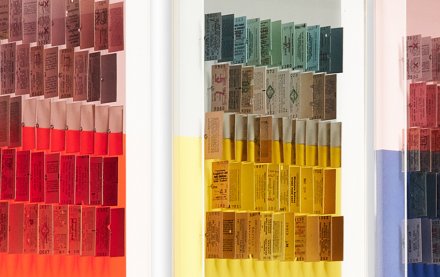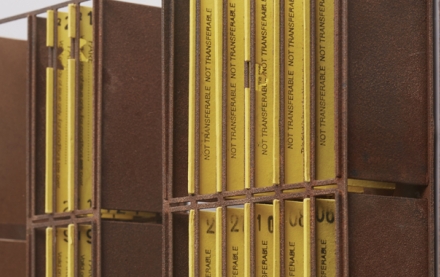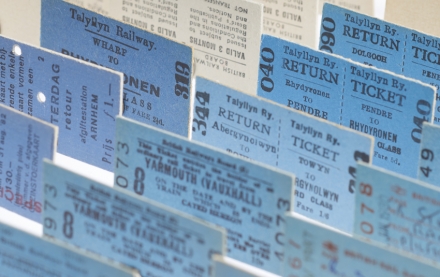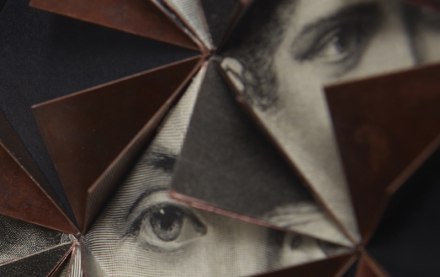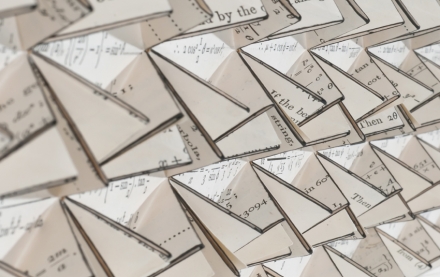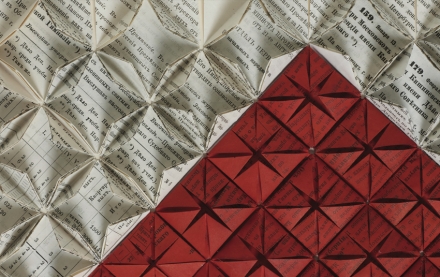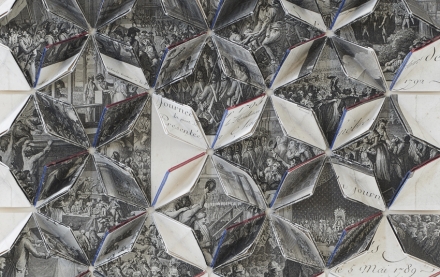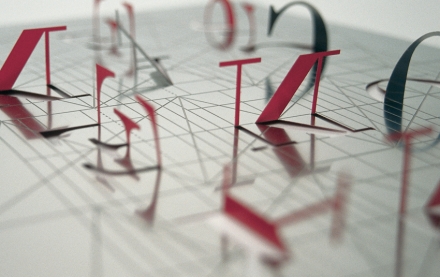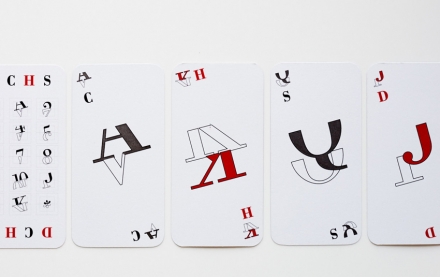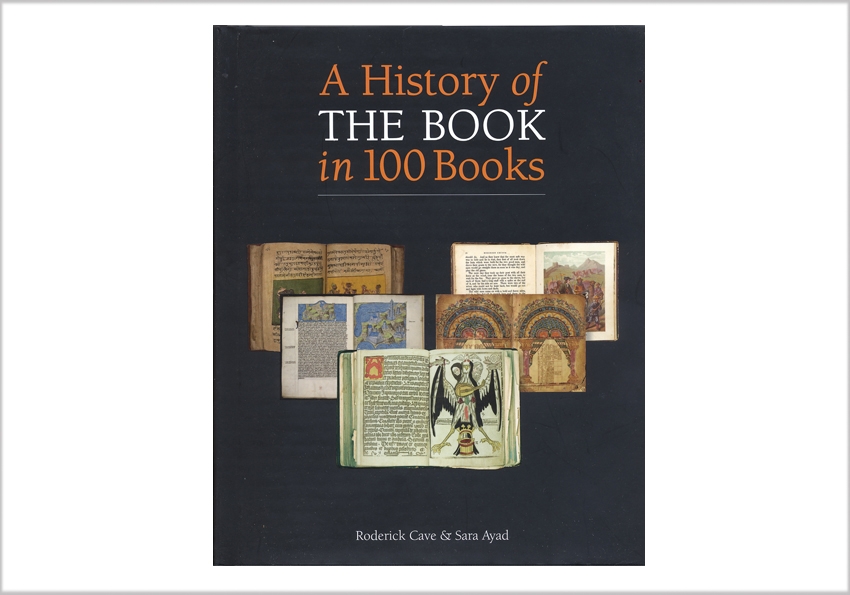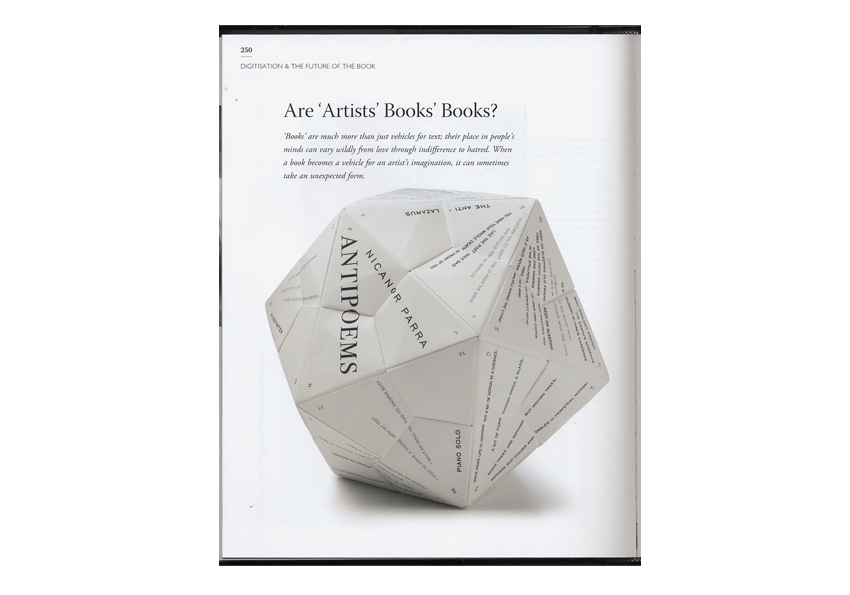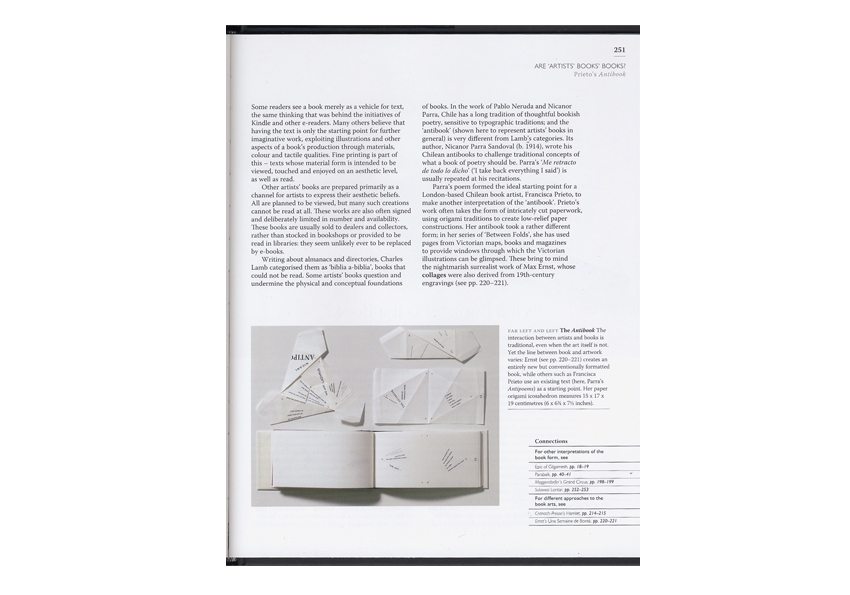'A HISTORY OF THE BOOK IN 100 BOOKS'
A History of the Book in 100 Books
Publisher: The British Library
"Are Artists Books; Books?
Some readers see a book merely as a vehicle for text, the same thinking that was behind the initiatives of Kindle and other e-readers. Many others believe that having the text is only the starting point for further imaginative work, exploiting illustrations and other aspects of a book’s production through materials, color and tactile qualities. Fine printing is part of this—texts whose material form is intended to be viewed, touched and enjoyed on an aesthetic level, as well as read.
Other artists’ books are prepared primarily as a channel for artists to express their aesthetic beliefs. All are planned to be viewed, but many such creations cannot be read at all. These works are also often signed and deliberately limited in number and availability. These books are usually sold to dealers and collectors, rather than stocked in bookshops or provided to be read in libraries: they seem unlikely ever to be replaced by e-books.
Writing about almanacs and directories, Charles Lamb categorized them as 'biblia a-bibli'; books that could not be read. Some artists' books question and undermine the physical and conceptual foundations of books. In the work of Pablo Neruda and Nicanor Parra, Chile has a long tradition of thoughtful bookish poetry, sensitive to typographic traditions; and 'The Antibook' "http://www.blankproject.co.uk/artwork/antibook" (shown here to represent artists' books in general) is very different from Lamb's categories. Its author, Nicanor Parra Sandoval (b. 1914), wrote his Chilean antipoems to challenge traditional concepts of what a book of poetry should be. Parra's 'Me retracto de todo lo dicho' (I take back everything I said) is usually repeated at his recitations.
Parra's poem formed the ideal starting point for a London-based Chilean book artist, Francisca Prieto, to make another interpretation of 'The AntibooK'; Prieto's work often takes the form of intricately cut paperwork, using origami traditions to create low-relief paper constructions. Her antibook took a rather different form; in her series of Between Folds "http://www.blankproject.co.uk/series/between-folds", she has used pages from Victorian maps, books and magazines to provide windows through which the Victorian illustrations can be glimpsed. These bring to mind the nightmarish surrealist work of Max Ernst, whose collages were also derived from 19th-century engravings (see pp. 220-221).
A History of the Book in 100 Books
Author: Roderick Cave & Sara Ayad
Publisher: The British Library
ISBN: 9780712357562
Bibliographic Details: Hardback, 284 pages, 254 x 203mm
Published Date: October 2014
* The Antibook is part of the National Art Library at the Victoria & Albert Museum and the British Library artists' book collection.

